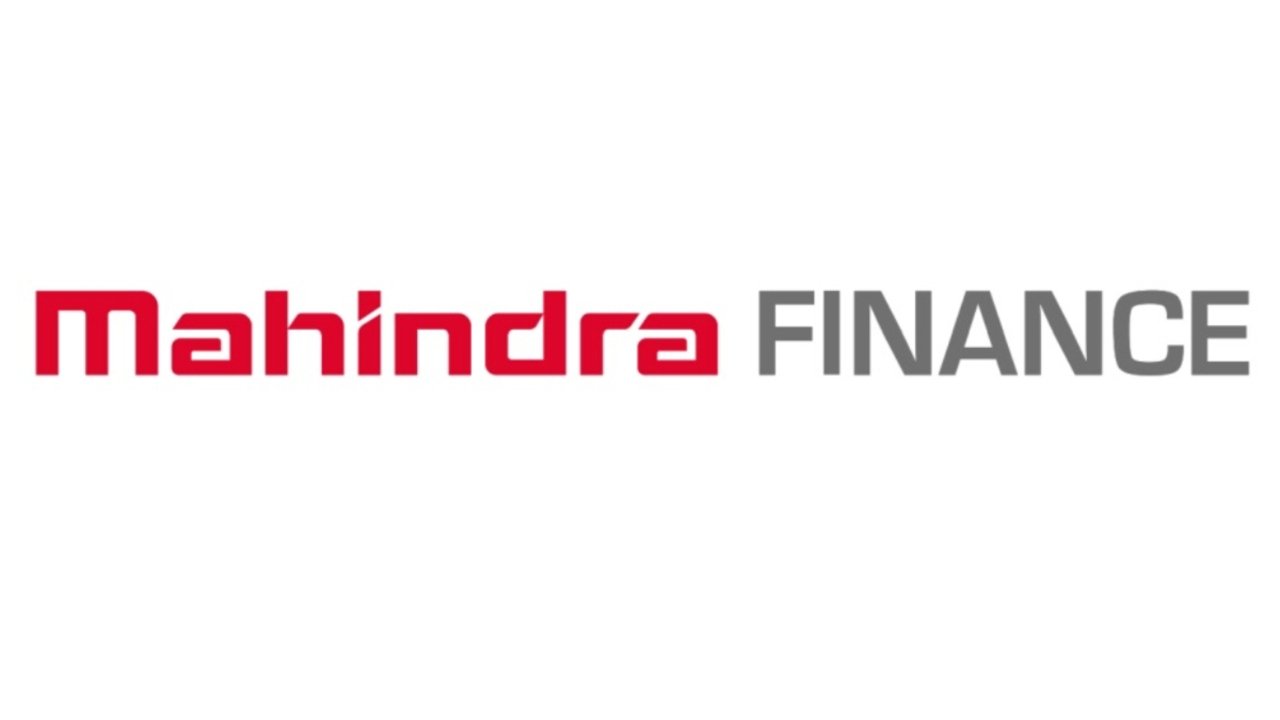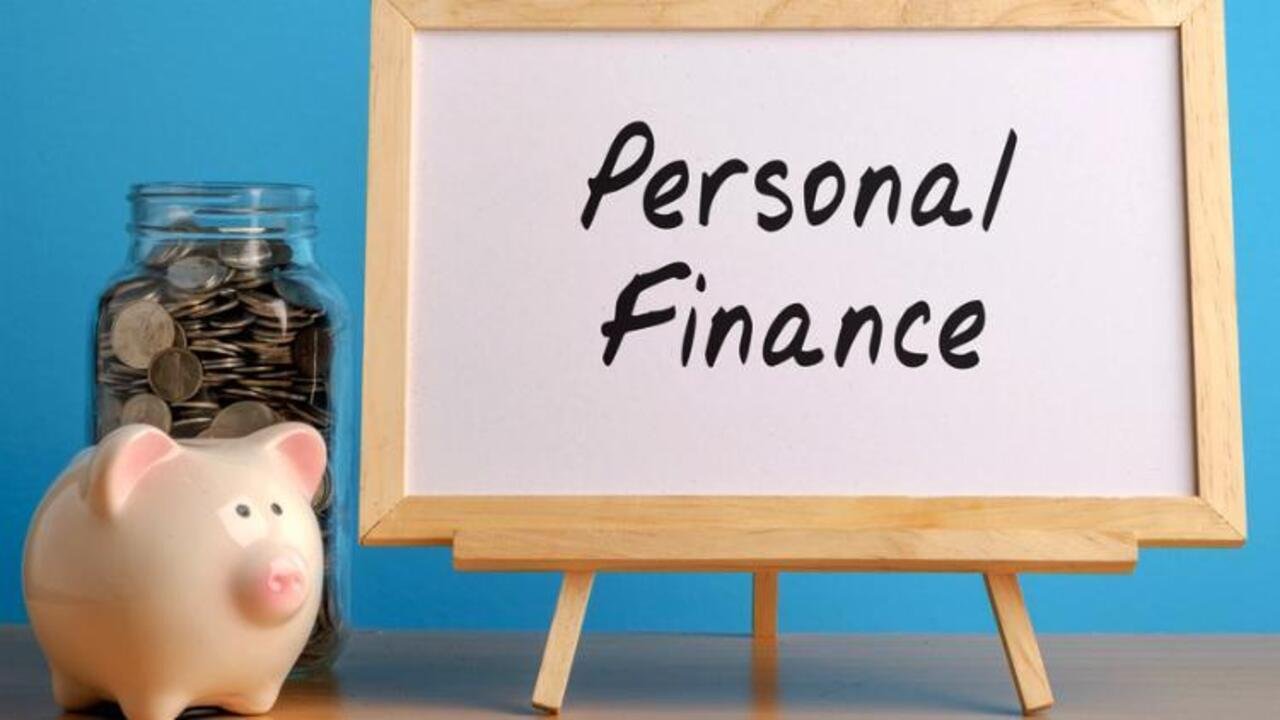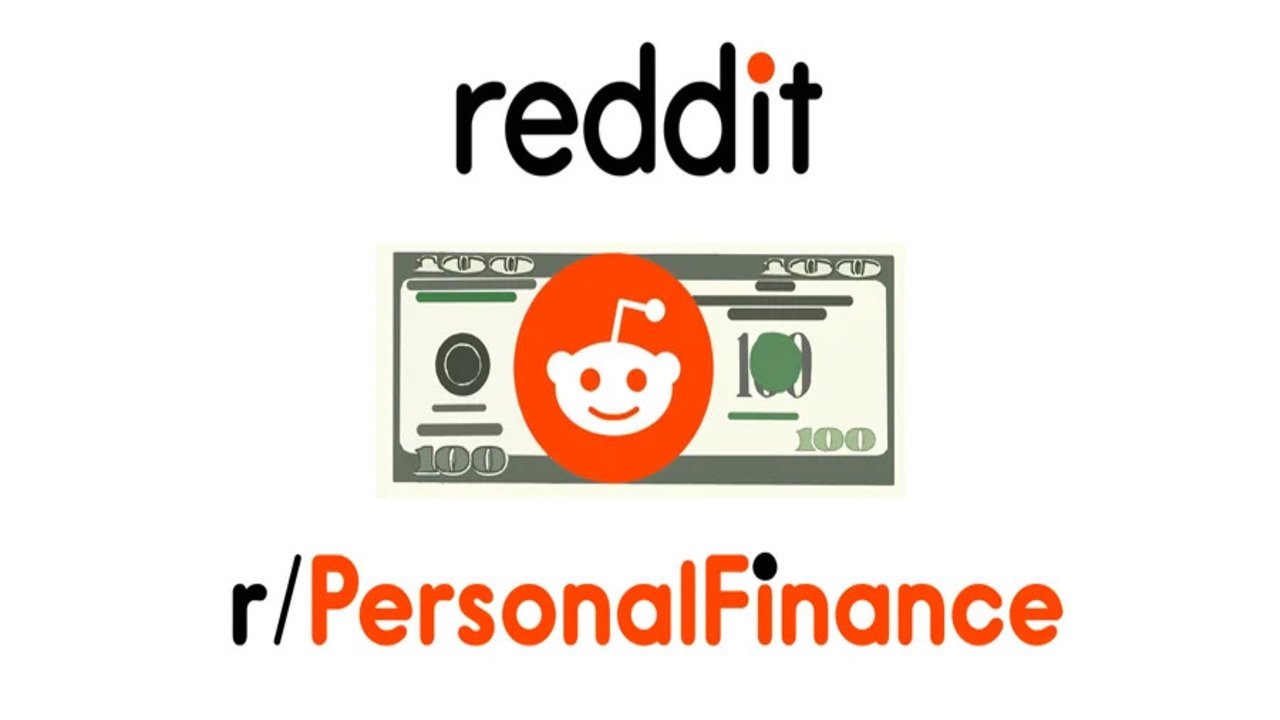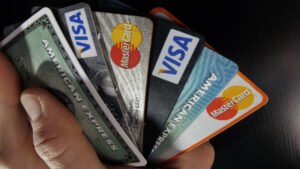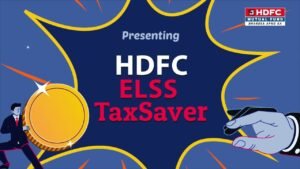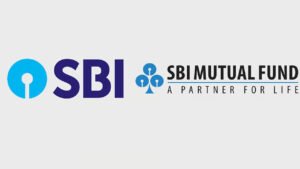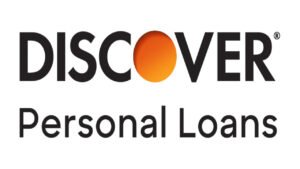Personal Finance :Your Essential Guide to Financial Future.
Personal Finance Getting a handle on your money can feel like a big task, right? It’s easy to get lost in all the numbers and advice out there. But really, managing your personal finance doesn’t have to be complicated. Think of it like learning to cook a new dish – you start with the basics, follow a few steps, and before you know it, you’re making something tasty. This guide is here to break down personal finance into simple, doable steps so you can feel more confident about your money and work towards a more secure future. Let’s get started.
Thank you for reading this post, don't forget to subscribe!Key Takeaways
- Create a budget by understanding your income and tracking where your money goes. This helps you set clear financial goals.
- Build an emergency fund with enough money to cover 3-6 months of living costs. Keep it in an accessible savings account.
- Manage debt by focusing on paying off high-interest loans first. Look into options like consolidation if they make sense.
- Grow your wealth by saving consistently and investing wisely. Automate your savings and spread your investments around.
- Develop good money habits like mindful spending and sticking to your savings plan. Keep learning and adjust your approach as your life changes.
Mastering Your Personal Finance: The Budgeting Blueprint
Personal Finance Getting a handle on your money starts with a solid budget. Think of it as your personal financial roadmap. Without one, you’re kind of just guessing where your money goes, and that rarely ends well. A budget isn’t about restriction; it’s about giving your money a job so you can actually reach those things you want to do.
Understanding Your Income Streams
First things first, you need to know exactly how much money is coming in. This isn’t just your main paycheck. Think about any side hustles, freelance work, or even gifts. List out all the ways money enters your bank account. It’s important to be realistic here, especially if some income is irregular. For example, if you do freelance work, don’t budget based on your best month ever; use a more conservative average.
Here’s a simple way to break it down:
- Primary Job Salary (Net): The amount after taxes and deductions.
- Side Hustle/Freelance Income: Average monthly earnings.
- Other Income: Bonuses, gifts, interest, etc.
Tracking and Categorizing Expenses
This is where most people get a little nervous, but it’s super important. You need to see where your money is actually going. For a month, track every single dollar you spend. Use an app, a spreadsheet, or even a notebook. The goal is to categorize everything. Are you spending a lot on eating out? Subscriptions you forgot about? Unexpected car repairs?
Here’s a common way to categorize:
- Fixed Expenses: Rent/Mortgage, loan payments, insurance premiums.
- Variable Expenses: Groceries, utilities, gas, entertainment.
- Savings & Investments: Money set aside for goals.
- Debt Repayment: Extra payments on loans or credit cards.
Don’t beat yourself up if your initial tracking looks a bit messy. The point is to get a clear picture, not to judge your past spending. This information is your starting point for making changes.
Setting Financial Goals and Priorities
Personal Finance Once you know your income and where your money goes, you can set goals. What do you want your money to do for you? Pay off debt? Save for a down payment? Build an emergency fund? Travel?
Prioritize these goals. What’s most important right now? Maybe it’s tackling high-interest debt first, or building that safety net. Your budget should reflect these priorities. If saving for a vacation is a big goal, you’ll need to adjust your spending in other areas to make it happen.
Regular Budget Review and Adjustment
A budget isn’t a ‘set it and forget it’ thing. Life changes, and so should your budget. Review it at least once a month. Did you overspend in one category? Underspend in another? Did your income change? Make adjustments as needed. Personal Finance This keeps your budget relevant and helps you stay on track. Consistency is key to making budgeting work for you.
Building a Resilient Financial Safety Net
Life throws curveballs, right? One minute you’re cruising along, the next, your car decides it’s time for a major overhaul, or maybe you have an unexpected medical bill. That’s where a solid emergency fund comes in. Think of it as your personal financial shock absorber.
The Importance of an Emergency Fund
Basically, an emergency fund is money set aside specifically for those ‘oh no!’ moments. It’s not for your vacation or that new gadget you’ve been eyeing. Personal Finance Its primary job is to prevent a short-term crisis from turning into a long-term financial disaster. Without one, you might end up dipping into retirement savings or racking up high-interest credit card debt just to cover basic needs. That can really set back your progress.
Calculating Your Emergency Fund Needs
So, how much do you actually need? A common guideline is to have enough to cover three to six months of your essential living expenses. To figure this out, you’ll need to look at your budget.
Here’s a simple way to estimate:
- List your essential monthly expenses: This includes things like rent or mortgage, utilities, groceries, transportation, insurance premiums, and minimum debt payments.
- Add them up: Get a total for your essential monthly spending.
- Multiply by your target range: If you aim for three months, multiply your total by 3. For six months, multiply by 6.
For example, if your essential monthly expenses are $3,000, your target emergency fund would be between $9,000 and $18,000.
| Expense Category | Monthly Cost |
|---|---|
| Rent/Mortgage | $1,500 |
| Utilities | $200 |
| Groceries | $400 |
| Transportation | $300 |
| Insurance | $250 |
| Debt Payments | $350 |
| Total | $3,000 |
Choosing the Right Account for Savings
Where should you keep this money? You want it to be safe and accessible, but not so easy to grab that you’re tempted to spend it. A separate savings account is usually the best bet. Look for a high-yield savings account. Personal Finance These accounts typically offer better interest rates than standard savings accounts, meaning your money grows a little faster. Just make sure it’s an account you can easily withdraw from when needed, without hefty penalties.
Building this safety net takes time and consistent effort. Start small if you have to, but make it a priority. Even putting away $25 or $50 a week adds up over time and gives you that much-needed peace of mind.
Navigating Debt for Financial Freedom

Debt can feel like a heavy weight, but getting a handle on it is a big step toward feeling more in control of your money. It’s not about never borrowing again, but about using debt smartly and having a plan to get rid of what you owe.
Strategies for High-Interest Debt Repayment
When you have debt, especially with high interest rates like those on many credit cards, tackling it needs a clear plan. The faster you can pay down this kind of debt, the less money you’ll spend on interest over time. It’s like trying to put out a fire – you want to hit the hottest spots first.
Here are a couple of popular ways to approach it:
- Debt Snowball: You pay the minimum on all debts except the smallest one, which you attack with extra payments. Once that’s gone, you roll that payment amount into the next smallest debt. This method gives you quick wins, which can be really motivating.
- Debt Avalanche: You pay the minimum on all debts except the one with the highest interest rate. You put any extra money towards that one. Mathematically, this saves you the most money on interest in the long run.
The key is to pick a method and stick with it. Seeing those balances shrink is a powerful feeling.
Exploring Debt Consolidation and Refinancing
Sometimes, you might have several different debts with different interest rates and payment dates. This can get confusing and costly. Consolidation or refinancing might help.
- Debt Consolidation: This usually means taking out a new loan to pay off all your other debts. You’re left with just one monthly payment. If you can get a loan with a lower interest rate than your current debts, you could save money.
- Balance Transfer Credit Cards: Some cards offer a 0% introductory APR for a period. You can transfer balances from high-interest cards to this new card. Just be sure you can pay off the balance before the intro period ends, or the interest rate can jump up.
It’s important to compare the fees and interest rates carefully. Sometimes these options sound great, but they might not be the best deal for your specific situation.
Practicing Discipline to Avoid New Debt
Getting out of debt is one thing, but staying out of it is another. This means changing how you think about and use credit.
- Mindful Spending: Before you buy something, especially if it’s not a necessity, ask yourself if you really need it and if it fits into your budget. Avoid impulse buys.
- Emergency Fund: Having a cushion for unexpected expenses (like a car repair or medical bill) means you won’t have to rely on credit cards when life throws a curveball.
- Track Your Spending: Keep an eye on where your money is going. Knowing your habits helps you identify areas where you might be overspending and could lead to taking on new debt unnecessarily.
Investing for Long-Term Wealth Creation
Building wealth over the long haul isn’t just about saving; it’s about making your money work for you. Investing is how you do that. It’s not some exclusive club for the super-rich; it’s a tool available to pretty much everyone who wants to grow their money beyond what a savings account can offer.
Automating Your Savings Contributions
Let’s be real, remembering to move money into savings or investment accounts can be a hassle. Life gets busy, and sometimes those transfers just don’t happen. Personal Finance That’s where automation comes in. Setting up automatic transfers means a set amount of money moves from your checking account to your investment account on a schedule you pick – maybe every payday. This takes the guesswork and the willpower out of saving. You’re essentially paying yourself first, and before you know it, you’ve built up a nice chunk of change without even thinking about it.
Diversifying Your Investment Portfolio
Putting all your eggs in one basket is a classic mistake when investing. Diversification means spreading your money across different types of investments. Think stocks, bonds, maybe some real estate, or even alternative assets. Why? Because different investments perform differently at different times. If the stock market takes a dip, your bonds might hold steady or even go up, cushioning the blow. It’s about reducing risk while still aiming for solid returns over time. A good mix helps smooth out the ride.
Planning for a Secure Retirement
Retirement might seem ages away, but the sooner you start planning, the better. Think about accounts like a 401(k) if your employer offers one, or an IRA (Individual Retirement Account). Many employers will even match a portion of your contributions to a 401(k), which is basically free money. These accounts often come with tax advantages, meaning you might pay less tax now or in retirement. The key is to contribute consistently, take advantage of any employer match, and let your investments grow over the decades. It’s a marathon, not a sprint, and starting early makes a huge difference.
Building long-term wealth through investing requires patience and a consistent approach. Don’t get discouraged by short-term market fluctuations; focus on your long-term objectives and stick to your plan.
Cultivating Healthy Financial Habits

The Power of Mindful Spending
Look, we all like to buy stuff. It’s just part of life, right? But sometimes, we buy things without really thinking about them. That impulse buy at the checkout counter, or that online deal that seemed too good to pass up? It adds up. Mindful spending is basically about hitting the pause button before you spend. It means asking yourself, ‘Do I really need this?’ or ‘Does this purchase line up with what I want my money to do for me?’ It’s not about never buying anything fun; it’s about being intentional. Think about it like this:
- Pause: Before buying, take a breath. Is it a want or a need?
- Plan: Does it fit into your budget? Will buying it stop you from reaching a bigger goal?
- Prioritize: If you have limited funds, what’s most important right now?
It’s a simple shift, but it can make a big difference in keeping your finances on track.
Responsible Credit and Debt Management
Credit cards and loans can be useful tools, but they can also get out of hand fast if you’re not careful. The key here is discipline. If you have credit card debt, especially with high interest rates, tackling that first is usually the smartest move. Personal Finance Paying off that high-interest debt is like getting a guaranteed return on your money equal to that interest rate. You can also look into options like debt consolidation or refinancing if it makes sense for your situation – sometimes you can get a lower interest rate, which means more of your payment goes to the actual debt, not just fees.
Here’s a quick look at tackling debt:
- List your debts: Know exactly what you owe, to whom, and the interest rate.
- Prioritize high-interest debt: Focus extra payments here first.
- Consider consolidation/refinancing: See if you can get a better rate.
- Avoid new debt: Be really careful about taking on more loans or credit card balances.
Managing debt isn’t just about paying it off; it’s also about not getting into more of it in the first place. Think twice before swiping that card for something you don’t truly need.
The Discipline of Consistent Saving
Saving money regularly is probably one of the most straightforward ways to build financial security. It’s not always exciting, but it’s effective. The best way to make sure you’re actually saving is to make it automatic. Set up your bank account so that a certain amount of money gets moved from your checking to your savings account right after you get paid. You won’t even miss it if you don’t see it in your checking account.
Think about setting up savings for different things:
- Emergency Fund: Aim for 3-6 months of living expenses.
- Short-Term Goals: Like a vacation or a new appliance.
- Long-Term Goals: Retirement, a down payment on a house.
By consistently putting money aside, even small amounts, you build up a cushion that can help you through unexpected events and move you closer to your bigger financial dreams. It’s about building a habit that works for you over the long haul.
Adapting Your Personal Finance Strategy
Life throws curveballs, and your money plan needs to be ready to handle them. What worked last year might not be the best approach today. It’s not about sticking rigidly to a plan that’s no longer serving you; it’s about being smart and flexible.
Staying Informed on Financial Trends
Keeping up with what’s happening in the financial world is pretty important. Think about interest rate changes, new investment options, or even shifts in the job market. You don’t need to be a Wall Street guru, but knowing the basics can help you make better choices. For instance, if interest rates are climbing, it might be a good time to look at paying down variable-rate debt faster. Or maybe a new type of savings account offers a better return than your current one. Staying current helps you spot opportunities and avoid potential pitfalls. It’s about making your money work smarter for you in the current economic climate. You can get a good overview of financial planning strategies by reading up on current advice.
Adjusting Your Plan to Evolving Goals
Your goals change as you move through life. Maybe you started with a goal to pay off student loans, but now you’re thinking about buying a house. Or perhaps you’re closer to retirement and need to shift your investment focus. Your budget and savings plan should reflect these changes. It’s a good idea to sit down at least once a year, or whenever a big life event happens, to review your financial objectives. Are they still realistic? Do they still align with what you want? Adjusting your savings rate or investment mix based on these new priorities is key.
Here’s a simple way to think about goal adjustments:
- Short-term goals (1-3 years): Think about saving for a vacation, a new car, or paying off a credit card. These usually require a more conservative approach to saving.
- Mid-term goals (3-10 years): This could be a down payment on a house or saving for a child’s education. You might balance saving with some moderate investing.
- Long-term goals (10+ years): Retirement is the big one here. This is where you can typically afford to take on more investment risk for potentially higher returns.
Seeking Professional Financial Guidance
Sometimes, you just need a second opinion, especially when things get complicated. A qualified financial advisor can offer personalized advice based on your unique situation. They can help you create a robust plan, identify blind spots you might have missed, and provide objective guidance when emotions run high during market swings. It’s not about handing over control, but about partnering with someone who can help you make more informed decisions and stay on track. Think of it as getting an expert check-up for your financial health.
Making small, consistent adjustments to your financial plan based on your changing life and the economic landscape is far more effective than making drastic changes only when a crisis hits. It’s about proactive management, not reactive panic.
Your Financial Journey Starts Now
So, we’ve covered the basics of getting your money in order, from making a budget that actually works to building up that all-important emergency fund. We also talked about handling debt smartly and getting your savings to grow through investing. Remember, this isn’t a one-and-done deal. Your financial life will change, so keep checking in on your plan, make adjustments when you need to, and don’t be afraid to learn more along the way. Taking these steps might seem like a lot at first, but it’s really about building good habits that will help you feel more secure and in control of your money for years to come. You’ve got this.
Frequently Asked Questions
What’s the main idea of making a budget?
Think of a budget like a spending plan for your money. It helps you see where your money comes from and where it goes. This way, you can make sure you have enough for important things and also save up for what you want.
Why is an emergency fund so important?
An emergency fund is like a safety cushion for your money. Life throws curveballs sometimes, like losing a job or needing a surprise car repair. This fund helps you handle those unexpected costs without going into debt or messing up your regular bills.
How much money should I try to save for emergencies?
A good goal is to save enough to cover three to six months of your basic living costs. This means figuring out how much you spend on things like rent, food, and bills each month and saving that amount.
What’s the best way to pay off debt?
It’s usually smart to pay off debts that charge the most interest first, like credit cards. Once those are gone, you can focus on debts with lower interest. Sometimes, you can combine your debts to get a lower interest rate, which can make paying them off easier.
How can I start investing to make my money grow?
Investing means putting your money into things like stocks or bonds, hoping they’ll be worth more later. You can start small and try to put a little money away regularly. It’s also a good idea to spread your money across different types of investments so you don’t put all your eggs in one basket.
What are some good money habits to get into?
Good habits include spending mindfully, meaning you think before you buy. It also means using credit cards wisely and paying your bills on time to avoid extra fees. And, of course, saving money consistently, even if it’s just a little bit, makes a big difference over time.

